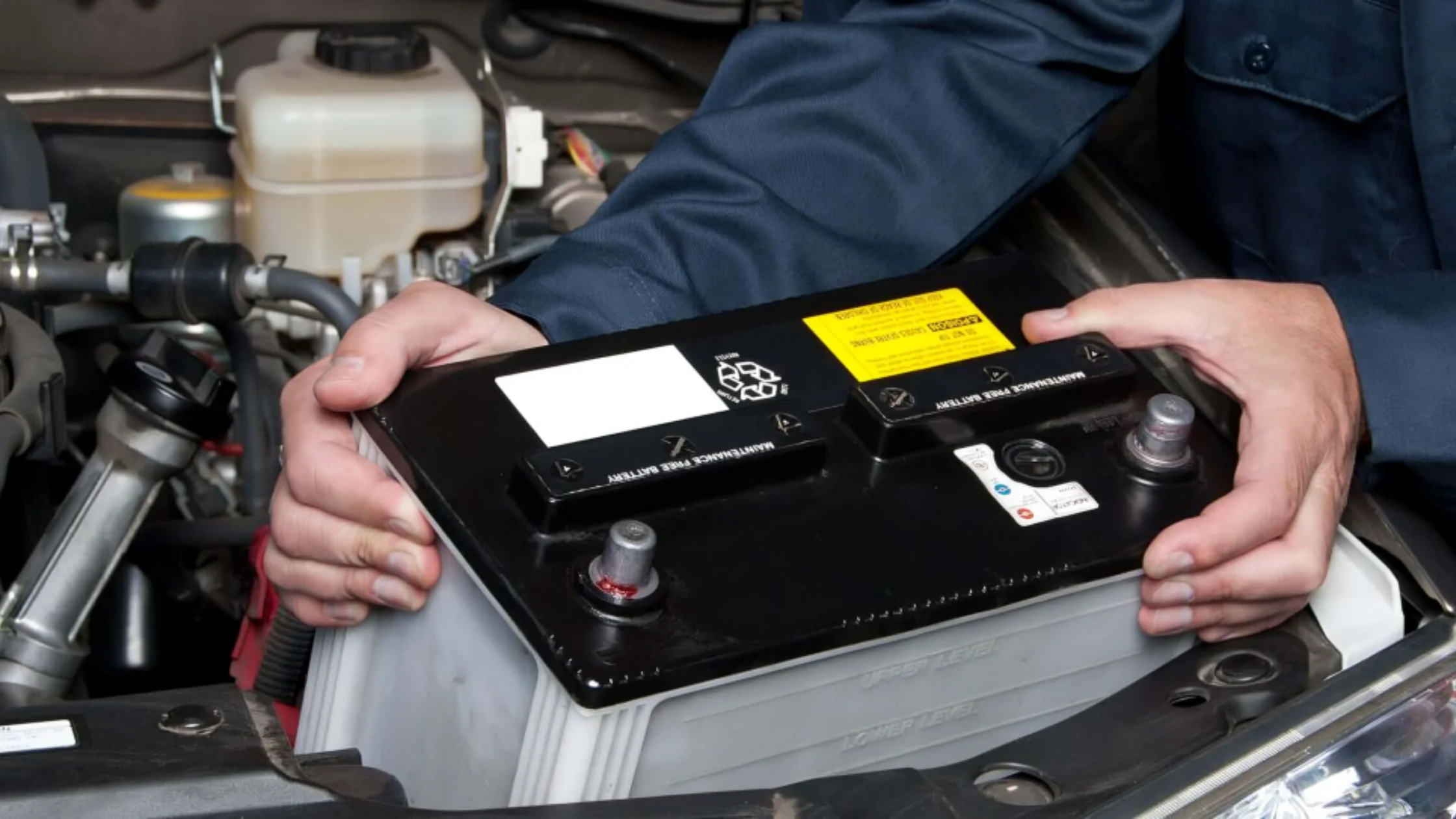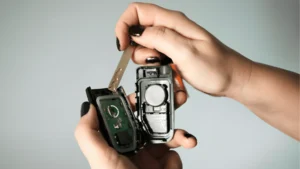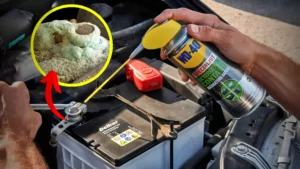Disconnecting a car battery is a fundamental skill every car owner should know. Whether you’re performing routine maintenance, replacing the battery, or resetting the vehicle’s electrical system, safely disconnecting the battery is crucial. This guide will walk you through the process and answer some frequently asked questions to ensure you handle your car battery correctly.
Step-by-Step Guide to Disconnecting a Car Battery
- Gather Your Tools
- Wrench or socket set (usually 10mm)
- Safety gloves
- Safety glasses
- Park Your Car in a Safe Location
- Ensure the car is on a flat surface.
- Turn off the ignition and remove the keys.
- Engage the parking brake.
- Locate the Battery
- Open the hood and secure it with the hood prop.
- The battery is usually situated on one side of the engine bay.
- Identify the Battery Terminals
- The battery has two terminals: positive (+) and negative (-).
- The negative terminal is usually marked with a black cap or cable, while the positive terminal is marked with a red cap or cable.
- Disconnect the Negative Terminal First
- Use your wrench to loosen the nut on the negative terminal.
- Carefully lift the negative cable off the terminal and secure it away from the battery.
- Disconnect the Positive Terminal
- Repeat the process for the positive terminal, ensuring the cable does not touch any metal parts of the car.
- Remove the Battery (if necessary)
- If you need to remove the battery, unscrew any brackets or clamps holding it in place.
- Lift the battery out of the tray carefully, as it can be heavy.
Safety Tips
- Always disconnect the negative terminal first to prevent accidental short circuits.
- Wear safety gloves and glasses to protect yourself from battery acid and sparks.
- Keep tools and cables away from the positive terminal to avoid accidental contact.
Also Read: How Do I Determine if My Car Battery Needs Replacing
Frequently Asked Questions
Disconnecting the negative terminal first minimizes the risk of a short circuit. If you accidentally touch the car’s body with a wrench while loosening the positive terminal, a short circuit can occur, potentially causing injury or damage.
No, you should never disconnect the battery while the car is running. Doing so can cause electrical surges, potentially damaging the vehicle’s electronic systems.
Disconnect the battery for at least 15 minutes to reset the car’s computer. This duration allows the system to fully discharge and reset.
If your car has a battery management system (BMS), consult your vehicle’s manual or a professional mechanic before disconnecting the battery. The BMS may require specific procedures to avoid system malfunctions.
To reconnect the battery, follow the disconnection steps in reverse:
Connect the positive terminal first.
Then connect the negative terminal.
Ensure both terminals are secure.
Yes, disconnecting the battery can erase your car’s memory settings, including radio presets, clock settings, and some ECU data. Be prepared to reconfigure these settings after reconnecting the battery.
Dispose of the old battery responsibly by taking it to a recycling center or a facility that handles hazardous waste. Many auto parts stores also offer battery recycling services.
Conclusion
Knowing how to disconnect a car battery is a valuable skill that can save you time and money. By following the steps outlined in this guide and adhering to safety precautions, you can confidently disconnect and reconnect your car battery when needed. If you’re ever unsure or uncomfortable performing this task, seek assistance from a professional mechanic.
By keeping this guide handy, you’ll ensure your car remains in top condition while avoiding potential hazards associated with car battery maintenance.





[…] Also Read: How to Disconnect a Car Battery […]